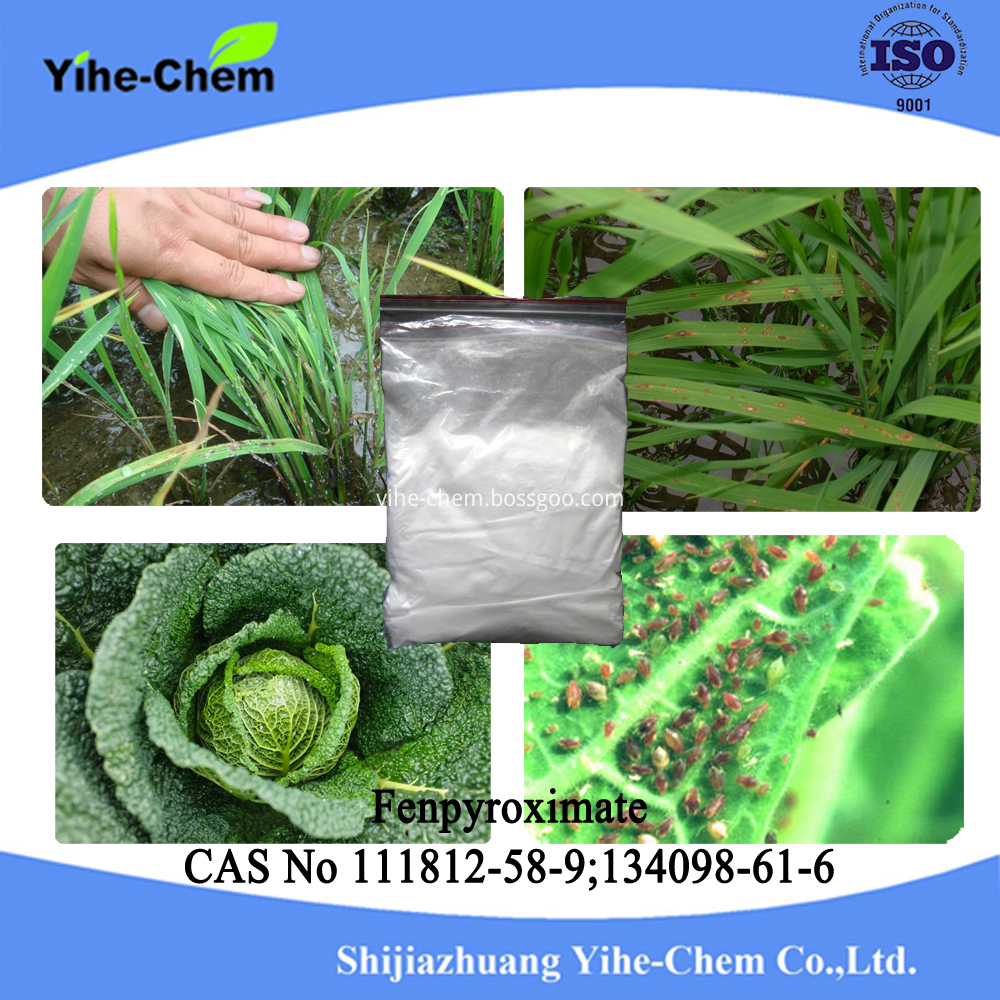According to the report of the Xinhua News Service of Japan on February 14th, on the occasion of the buzz of nuclear leakage at the Fukushima Daiichi nuclear power plant, on the 13th of February, Tokyo Electric Power Co., Ltd. disclosed for the first time the Fukushima accident that occurred after the “311 Great Northeast Earthquake†in 2011. The first nuclear power station, and organized media reporters to visit the bus.

The reporter learned at the scene that, after the “311 Great Northeast Earthquake†occurred in 2011, the No. 1 to No. 4 units of the Fukushima Daiichi Nuclear Power Plant suffered meltdown and caused an explosion. Unit 2 had already found pieces of molten nuclear fuel inside the unit and the operators were working hard to treat the high concentrations of contaminated water.
At the scene, it can be seen that many workers wear protective clothing and are replacing previously sealed screw-type containers by installing welded containers.
On April 19, 2012, Units 1 to 4 of the Fukushima Daiichi Nuclear Power Plant were formally scrapped in accordance with the "Electrical Services Act" of Japan. However, in August 2013, there was a high concentration of radon sewage spills around Unit 2. Now, the area where the sewage has leaked has been cleaned up and sealed by painting. The disintegration operation is proceeding smoothly.
The reporter also noticed that another group of workers was digging out the soil that had been infiltrated by sewage, packed in black bags, and filled with unpolluted soil.
Even if you are sitting in a bus, you can feel the danger of nuclear radiation as long as an error occurs during the operation. The work of field operators is very difficult.
Fortunately, in the vicinity of the Fukushima Daiichi nuclear power plant, the area that can be accessed by wearing protective clothing and wearing a protective mask is greatly reduced.
Tokyo Electric Power Co., Ltd. said that the environment in the work area has been greatly improved. Although it has been six years since the “311 Great Earthquake†in 2011, and three years have passed since the sewage leaked, it is still fighting the “pastâ€.
It is reported that the operators of the Fukushima Daiichi nuclear power plant also have to enter the high radiation area one after another for arduous work, and the waste furnace project is expected to continue until 2051.
For the operator, in order to live in the environment, people can only pray for safety, safety, and safety.
Acaricides are pesticides that kill members of the arachnid subclass Acari, which includes ticks and mites. Acaricides are used both in medicine and agriculture, although the desired selective toxicity differs between the two fields.
A variety of commercially available systemic and non-systemic miticides: abamectin, acequinocyl, bifenazate, bifenazate, chlorfenapyr, clofentezine, cyflumetofen, cypermethrin, dicofol, etoxazole, fenazaquin, fenpyroximate, hexythiazox, imidacloprid, propargite, pyridaben, spiromesifen, spirotetramat

Acaricides
Fenpyroximate Acaricides,Abamectin Acaricide,Imidacloprid Acaricides,Pyridaben Acaricide
shijiazhuang yihe-chem co.,ltd , https://www.yihe-chem.com